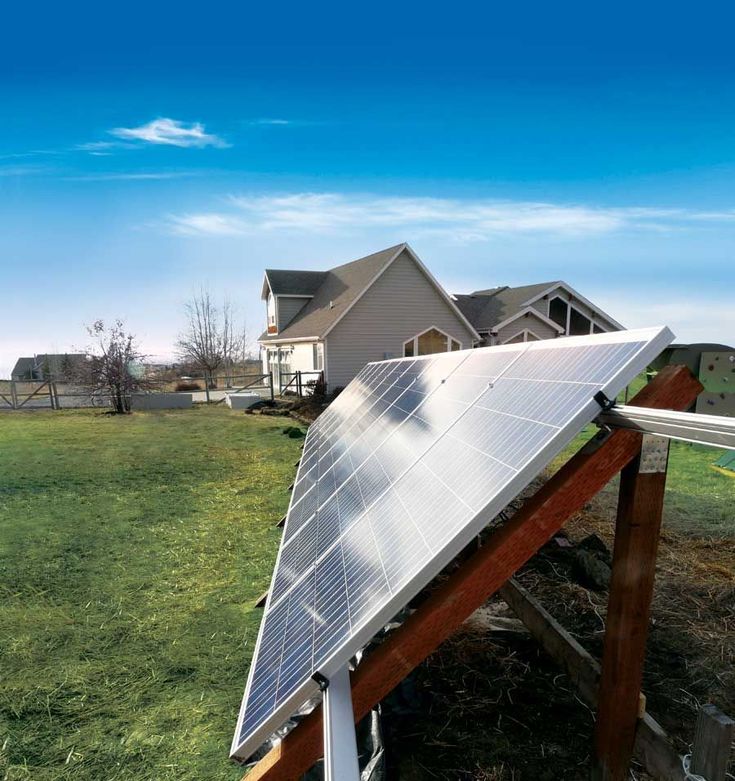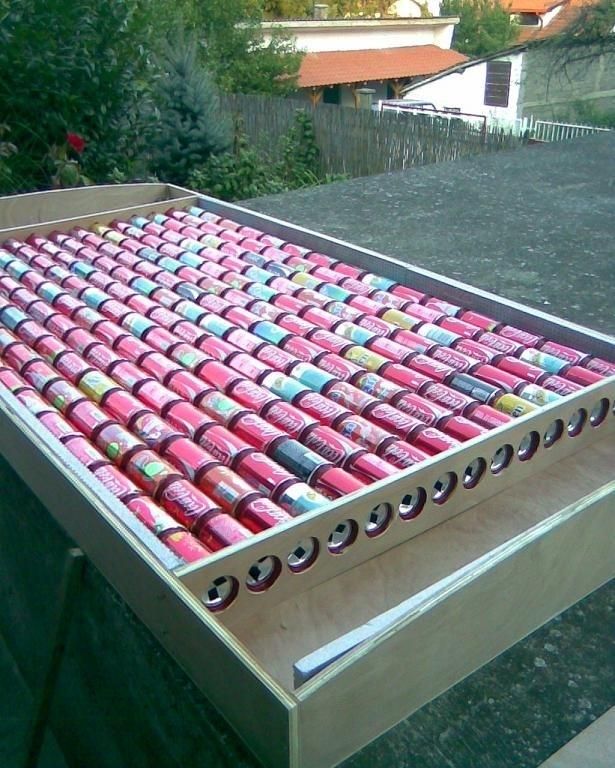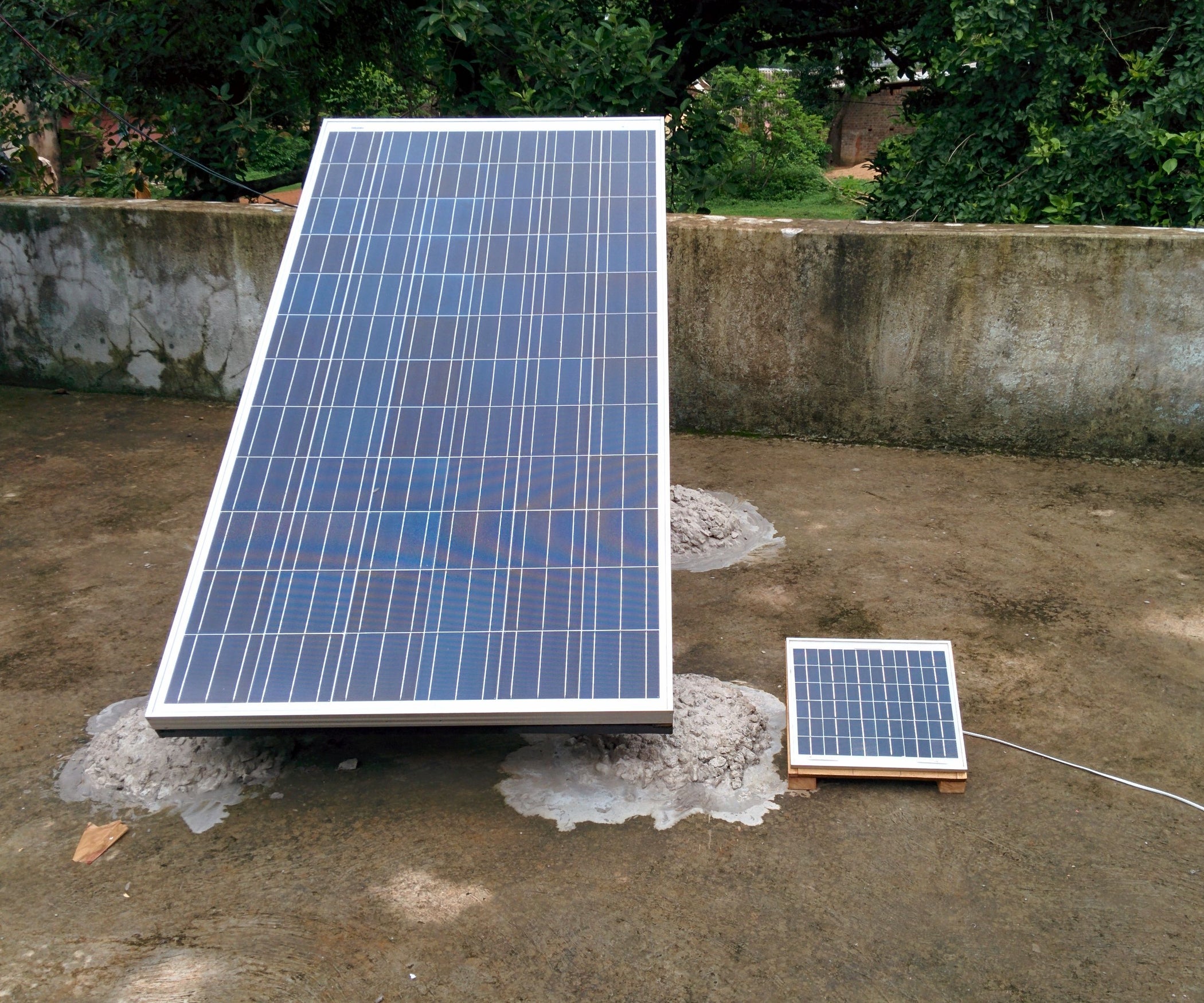Building a solar cell at home might sound like a daunting task, but it can be a fun and rewarding DIY project! Not only will you gain hands-on experience with renewable energy technology, but you'll also create something that could potentially power small devices or lights. In this guide, we'll walk you through the steps needed to construct your very own solar cell, breaking down complex concepts into easy, manageable tasks. So, let's roll up our sleeves, embrace our inner engineers, and take a closer look at what you'll need to get started!
What You Need to Get Started

Before diving into the project, it's crucial to gather all the materials and tools you'll need. Here’s a handy list to help you ensure you don’t miss anything:
- Materials:
- Solar cells (can be purchased online or at electronics shops)
- Conductive copper tape
- A piece of wood or plastic as a backing
- Wiring and connectors (preferably solar connectors)
- A diode.
- A small battery or rechargeable battery pack (optional)
- Tools:
- Soldering iron and solder (for connecting wires and components)
- Wire cutters and strippers
- Multimeter (to test the voltage and current)
- Hot glue gun (for securing components)
- Square or ruler ( for measuring)
- Safety goggles (to protect your eyes when working)
Gathering everything beforehand will save you time later on. Make sure that you have a clean, well-lit workspace where you can spread out your materials and get to work with ease. Once you've got everything ready, you're just a few steps away from creating your own solar cell!
3. Step-by-Step Instructions

Building a solar cell at home can be a fun and educational project! Let’s break it down step-by-step. Gather your materials first; you'll need:
- Conductive glass (or a clear plastic with conductive coating)
- Copper sheets or copper wire
- Graphite powder
- Plastic containers
- Salt and water solution
- Multimeter (to test your solar cell)
Once you have your supplies ready, follow these steps:
- Prepare the Copper Sheets: Cut your copper sheets into small pieces and clean them thoroughly to ensure optimal conductivity.
- Construct the Solar Cell Base: In a plastic container, mix water with a bit of salt to create your electrolyte solution. This will help facilitate the chemical reaction later.
- Apply Graphite: Spread a layer of graphite powder on one side of the conductive glass to serve as a positive electrode.
- Assemble the Components: Place the copper sheets on top of the graphite layer, ensuring they don’t touch each other. Pour the electrolyte solution into the container until it just covers the copper sheets.
- Connect Wires: Use copper wires to connect the copper sheets to the multimeter. This will help you measure the voltage generated.
- Expose to Sunlight: Place your setup in direct sunlight for several hours. Make sure to record the readings from the multimeter periodically.
Once you're done, you should have a working solar cell! It might take a bit of tweaking, but that's part of the fun!
4. Tips for Successful Construction

Building your solar cell can be a rewarding experience, but a few pointers can make the process smoother and more effective. Here are some handy tips:
- Choose Sunny Days: The amount of sunlight your solar cell receives is crucial for its performance. Aim to perform this project on a clear, sunny day.
- Be Patient: Allow your materials to settle and react with the sunlight. Immediate results aren’t guaranteed, and sometimes you’ll need to give it time to build up voltage.
- Test Your Setup: Regularly check your connections and ensure everything is securely attached to avoid any interruptions in the circuit.
- Stay Safe: Always handle tools and materials carefully—especially when dealing with sharp copper edges. Wear gloves if you’re sensitive to any materials.
- Document Your Process: Keep track of your adjustments and results. This information could be helpful for future projects or if you want to troubleshoot issues!
Building a solar cell is not only about getting it right; it's also about enjoying the learning journey. So, have fun, and don't hesitate to experiment!
5. Testing Your Solar Cell
Once you’ve successfully built your solar cell, the next exciting step is testing its performance. Testing is crucial to ensure that everything is functioning properly and that you’re generating electricity as intended. Here’s how to go about it:
First off, you’ll need a few essential tools for testing:
- Multimeter: This handy device will help you measure voltage and current.
- Sunny Day: Choose a bright, sunny day for your tests. Direct sunlight is key!
Now, let’s dive into the process:
- Prepare Your Setup: Place your solar cell in direct sunlight. Ensure it’s well positioned to capture as much sunlight as possible.
- Connect the Multimeter: Attach the multimeter probes to the terminals of the solar cell - positive to positive and negative to negative.
- Measure Voltage and Current: Set your multimeter to the appropriate settings. Start with measuring voltage and then switch to measuring current, which will tell you how much electricity your solar cell is producing.
Document your readings. You might find that the voltage and current fluctuate with varying sunlight intensity. This is absolutely normal and is a great indication of your solar cell's responsiveness to light.
6. Common Issues and Troubleshooting
Even the best DIY enthusiasts run into issues sometimes. Don’t worry if your solar cell isn’t performing as expected! Here’s a guide to some common problems and how to troubleshoot them:
| Issue | Possible Cause | Solution |
|---|---|---|
| No Output Voltage | Poor sunlight exposure | Relocate the cell for better sunlight |
| Low Efficiency | Dirty surface | Clean the solar cell |
| Inconsistent Voltage Readings | Loose connections | Check and secure all connections |
| Overheating | Excessive direct sun | Provide shading or ventilation |
If you encounter issues not covered here, try searching online communities or forums dedicated to DIY solar projects. Often, fellow enthusiasts can provide invaluable advice. Remember, troubleshooting is part of the learning process, so don't get discouraged!
Conclusion and Future Projects
Building your own solar cell at home can be a rewarding project that not only enhances your understanding of renewable energy but also contributes to energy savings. As you complete your solar cell project, you will gain valuable hands-on experience with electrical components, materials, and the science behind solar energy conversion. However, it's just the beginning of what you can achieve with DIY solar technology.
To further enhance your solar energy projects, consider the following future endeavors:
- Join Multiple Cells Together: Create larger solar arrays by connecting multiple solar cells, increasing the energy output.
- Build a Solar Panel: Use your solar cells to construct a full solar panel. This will require assembling a frame and covering materials.
- Develop Storage Solutions: Learn to incorporate battery systems to store the energy generated from your solar cells, allowing you to use power even when the sun isn’t shining.
- Experiment with Solar Water Heating: Explore how solar heat can be used in heating water, a practical application of solar energy.
- Invest in Solar Tracking Systems: Research and build a system that positions your solar panels to follow the sun for maximum efficiency.
With each new project, you'll enhance your expertise in solar technology while promoting a more sustainable lifestyle. Remember, the field of renewable energy offers endless possibilities for innovation, and your journey in solar energy starts with these exciting DIY projects!
 admin
admin








